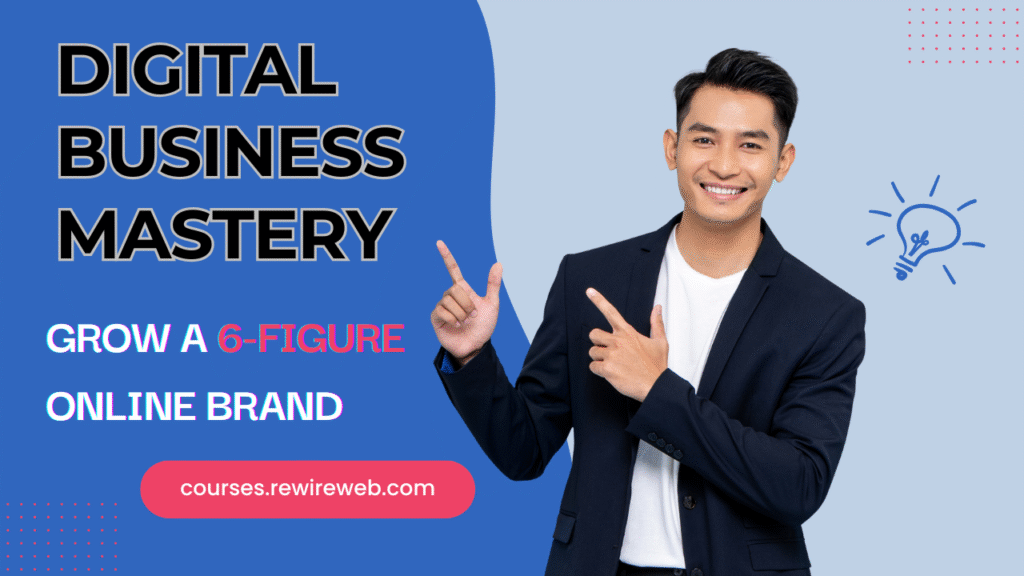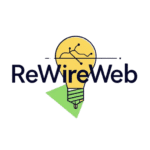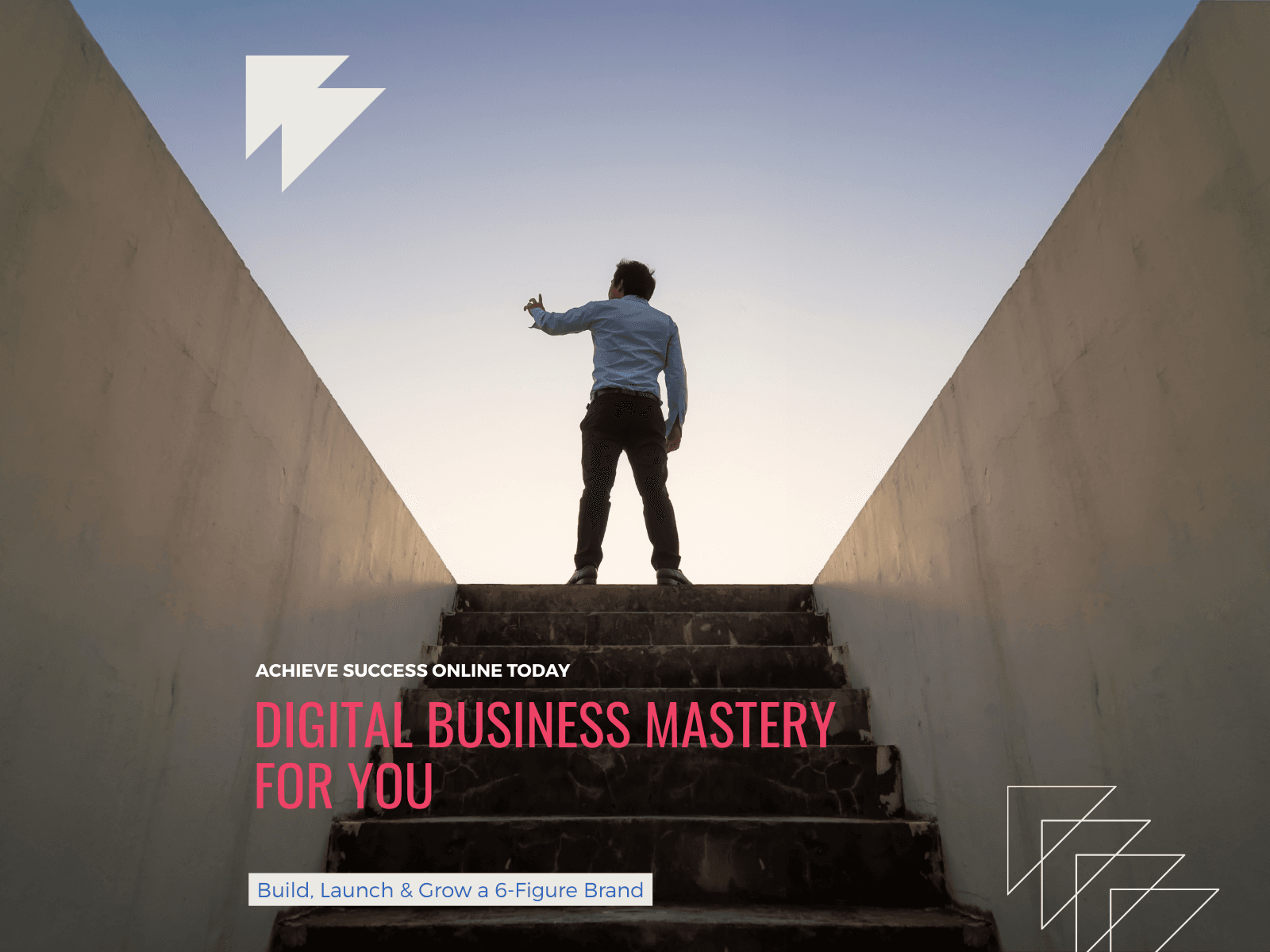Your brand is not just what you sell. It’s the story, system, and value that you consistently deliver online.” In digital business, opportunity is everywhere. From solo creators and coaches to consultants and course sellers—anyone with a laptop and an idea can build a 6-figure online brand. But few do.
Why?
Most people don’t treat their digital venture like a real business. They skip the strategy, neglect their systems, and chase tactics without direction.
This guide is your complete roadmap to build, launch, and scale a digital brand—from $0 to $100K and beyond.
1. Understanding the Digital Business Landscape
A digital business is any venture that sells products or services primarily online. These can include:
- Digital products (courses, templates, eBooks)
- Coaching or consulting services
- SaaS or micro-SaaS tools
- Subscription models
- Affiliate marketing
- Content monetization (YouTube, Substack, Patreon)
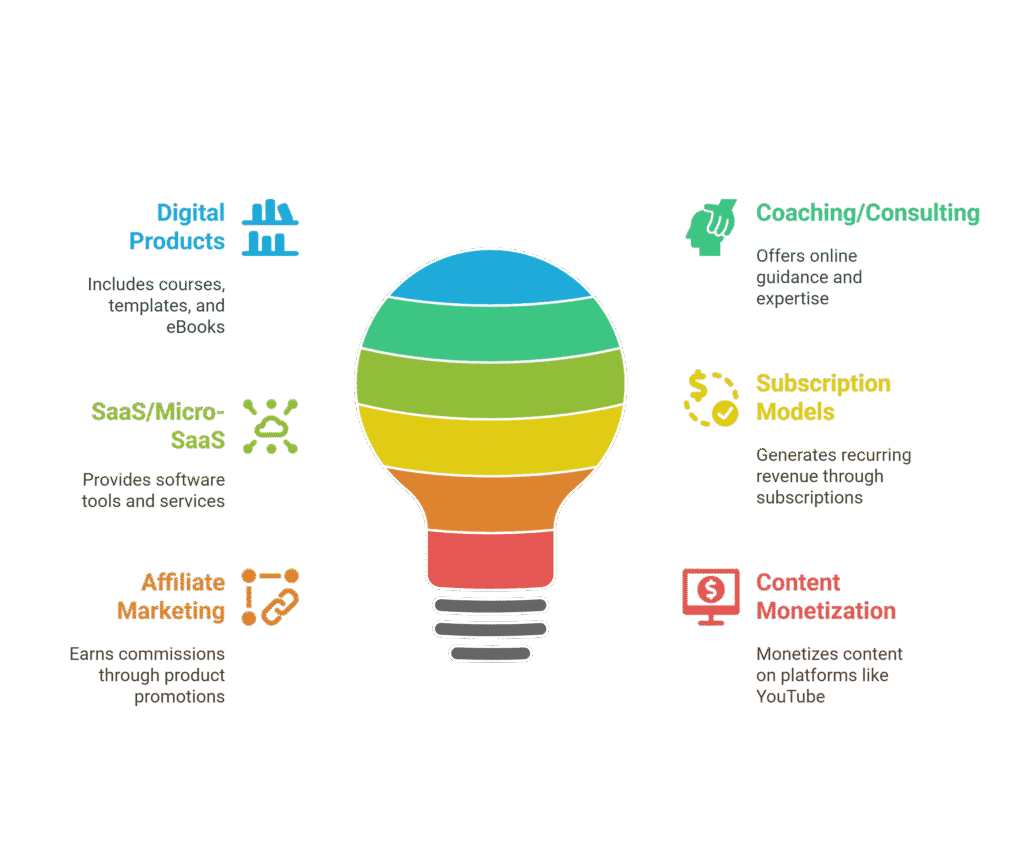
Key Benefits:
- Low startup cost
- Global reach
- Scalable with systems
- Flexible lifestyle
Example: Grace Beverly built a fitness empire (Shreddy & BND) by selling digital fitness programs and workout tools—all starting from Instagram and PDFs.
The barrier to entry is low. But success requires structure, consistency, and value delivery.
2. Laying the Foundation: Mindset, Market, and Model
Before you launch anything, build your foundation.
a. Mindset: Think Like a Founder
You’re not just a content creator. You’re building a business.
That means:
- Prioritizing long-term strategy over short-term hacks
- Embracing experimentation and failure
- Staying consistent when results are invisible
b. Market: Pick a Painful Problem to Solve
Your market must have:
- A painful problem
- A proven willingness to pay
- An underserved audience
Use tools like:
- Google Trends
- Reddit & Quora
- Facebook Groups
- AnswerThePublic
- Ubersuggest
Example: Steph Smith found remote workers wanted digital nomad resources. She created an ebook, then launched a newsletter and podcast around it—building a 6-figure info business.
c. Model: Choose the Right Business Model

Don’t chase every trend. Pick a model that fits your skills, audience, and goals.
| Model | Best For | Example |
| Courses | Educators, experts | Teachable, Gumroad |
| Memberships | Community builders | Circle, Kajabi |
| Services | Coaches, consultants | High-ticket packages |
| Micro SaaS | No-code builders | Tools like Popsy, Tally |
| Content Creator | Influencers, writers | YouTube, Substack |
3. Building Your Offer: Products That People Pay For
Your offer is your revenue engine. Build it wisely.
a. Offer Types
- Flagship Product – Your core course or package
- Entry Product – A $9–$49 ebook or workshop
- Recurring Offer – Membership or newsletter
- High-Ticket – Premium consulting or group coaching
b. Validate Before You Build
Don’t build in isolation.
Use:
- Polls and surveys
- Waitlists
- Pre-sales
- Beta cohorts
Example: Ali Abdaal pre-sold his “Part-Time YouTuber Academy” to validate interest. He made $250K in the first cohort—without ads.
c. Transformational Promise
People pay for outcomes, not information.
Structure your product to solve a specific pain.
Formula:
“I help [audience] achieve [result] without [painful task].”
4. Brand Positioning: Crafting a Clear and Compelling Identity
A strong brand is not a logo—it’s a promise + perception + personality.
a. Define Your Brand DNA
- Mission: Why do you exist?
- Vision: What change do you create?
- Values: What do you stand for?
- Voice: Are you witty, wise, bold, or calm?
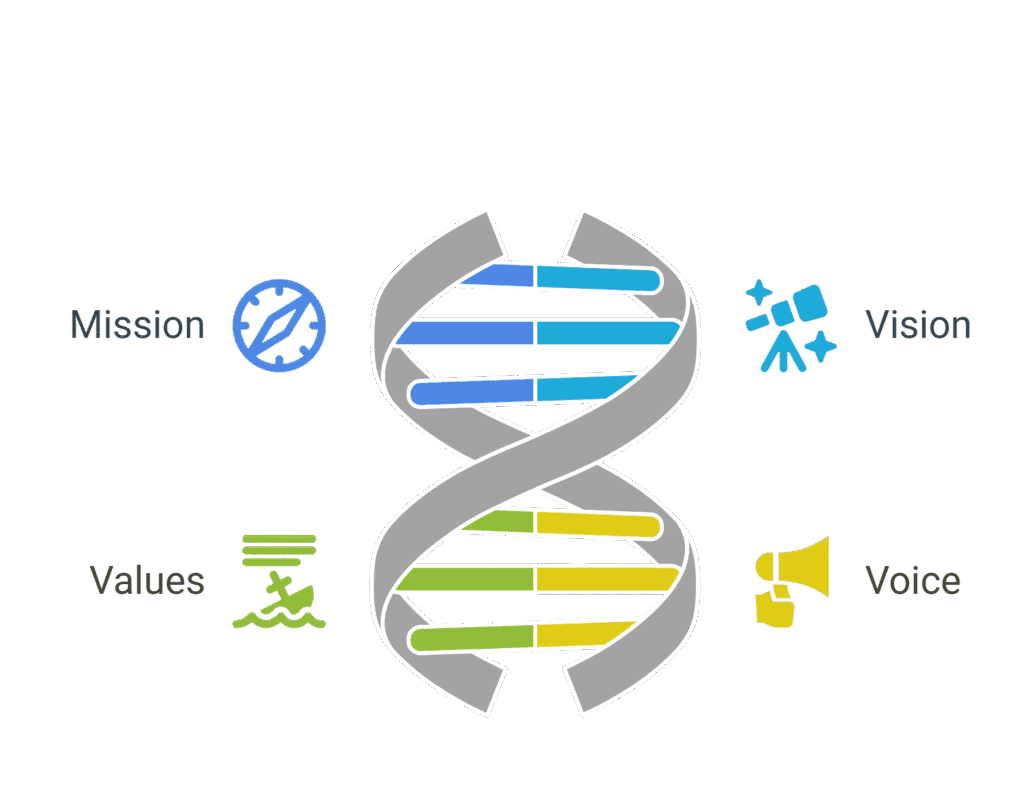
b. Nail Your Niche
Pick a tight niche first. You can expand later.
“The riches are in the niches.”
c. Brand Assets to Build
- Brand name & domain
- Logo and color palette
- Social handles
- Bio & one-liner
- Lead magnet
5. Platform Setup: Tools, Websites, and Systems
You don’t need 20 tools to get started. Focus on the minimum viable stack.
a. Website
Your website is your digital home. Essentials:
- Homepage with your core offer
- About page with your founder story
- Blog or resource hub
- Sales pages
- Contact form
Tools: WordPress, Webflow, Carrd, Framer
b. Tech Stack Essentials
| Function | Tool Suggestions |
| Email Marketing | ConvertKit, MailerLite, Beehiiv |
| Course Hosting | Gumroad, Podia, Teachable |
| Automation | Zapier, Pabbly, Make |
| Analytics | Plausible, Google Analytics |
| Landing Pages | Systeme.io, Leadpages |
6. Content Engine: Creating Magnetic Visibility
Content is how you attract, educate, and convert your audience.
a. Pick a Core Platform
Choose 1-2 channels to master. For example:
- Twitter + Email
- Instagram + YouTube
- LinkedIn + Blog
Consistency beats volume.
b. Content Types
- Value Posts: Educate or inspire
- Authority Content: Case studies, breakdowns
- Conversion Posts: CTAs, testimonials, launches
- Behind-the-Scenes: Build in public
c. The 3-E Formula
Your content should either:
- Educate (how-tos, tips)
- Entertain (stories, memes)
- Empower (mindset, transformation)
7. Audience Building: Email Lists, Funnels, and Trust
You don’t own your social media following. You own your email list.
a. Lead Magnet Strategy
Create a free offer people can’t ignore:
- Cheatsheet
- Checklist
- Ebook
- Mini-course
- Swipe file
Host it on a landing page with an opt-in form.
b. Welcome Sequence
Write a 3–5 email sequence:
- Welcome and story
- Value-driven insights
- Case studies or testimonials
- Soft CTA to your offer
c. Funnel Example
Landing Page → Lead Magnet → Email Nurture → Product Pitch
Example: Justin Welsh built a 300,000+ subscriber list with lead magnets and leveraged them into course sales of $3M+ annually.
8. Launch Strategy: Turning Ideas Into Revenue
Don’t wait for perfection. Launch fast, then improve.
a. Types of Launches
- Soft Launch: To your email list or inner circle
- Live Launch: With webinars, challenges, events
- Evergreen Launch: Through automation or ongoing ads
b. The Pre-Launch Phase
- Tease the product
- Build anticipation
- Share sneak peeks
- Collect waitlist signups
c. Launch Emails & Content
Use a storytelling + urgency approach.
- Day 1: Big reveal
- Day 3: Benefits breakdown
- Day 5: FAQ + testimonials
- Day 7: Final reminder + bonus
Rule of thumb: Don’t sell once. Sell with a system.
9. Automation and Scaling: The 6-Figure Framework
Systems create freedom and focus. Once validated, automate the engine.
a. Evergreen Funnels
Use tools like:
- Systeme.io
- ConvertKit Automations
- ThriveCart + LearnDash
Create evergreen sequences that:
- Offer value
- Build trust
- Convert on autopilot
b. Digital Product Stack
Have at least:
- 1 entry product
- 1 flagship offer
- 1 premium upsell or service
c. Scaling with Teams or Tools
Outsource or automate:
- Design
- Editing
- Customer support
- Bookkeeping
Tools like Loom, Notion SOPs, and ChatGPT can scale your output with minimal cost.
10. Real-World Case Studies
Case 1: Arvid Kahl – The Embedded Entrepreneur
Built a 6-figure info brand by:
- Writing on Twitter
- Publishing a book
- Launching courses
- Building a newsletter
He focuses on audience-first entrepreneurship and proves solopreneurs can scale sustainably.
Case 2: Latasha James – Freelance to Digital Empire
Started as a social media freelancer. Now:
- Runs a YouTube channel
- Sells digital courses
- Has a coaching program
- Earns multiple 6-figures
Her success comes from consistent content and clear personal branding.
11. Avoiding Common Pitfalls
- Perfectionism Paralysis
Done is better than perfect. Launch, then learn. - Chasing Too Many Trends
Focus beats frenzy. Double down on what works. - Lack of Audience Understanding
Talk to real people. Refine your messaging. - Inconsistent Content or Offers
Build systems for publishing and selling. - No Email List
If you only grow on rented land (social), you risk everything.
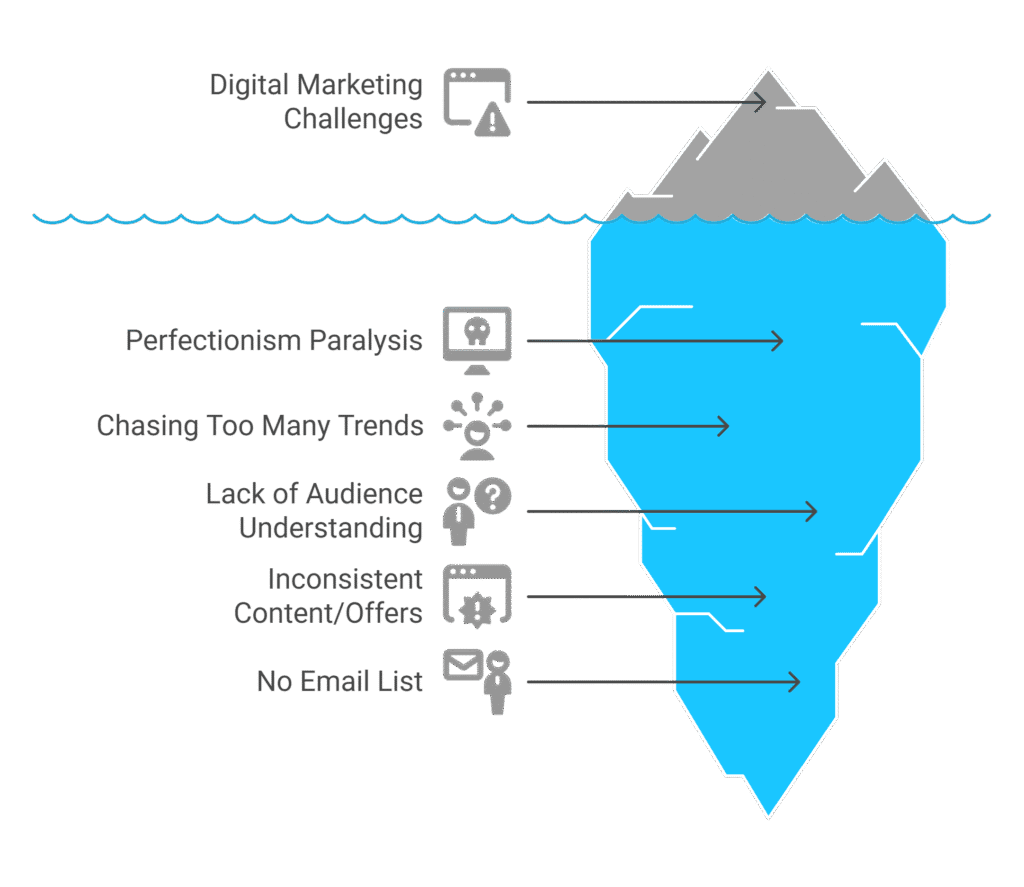
12. Final Thoughts: Legacy Over Likes
The tools will change. Algorithms will shift.
But principles stay the same:
- Solve real problems
- Deliver real value
- Show up consistently
- Build with intention
A 6-figure digital brand isn’t just about money. It’s about freedom, impact, and legacy. Build for the long game. Your future self will thank you.
Start here Digital Business Mastery: Build, Launch & Grow a 6-Figure Online Brand
